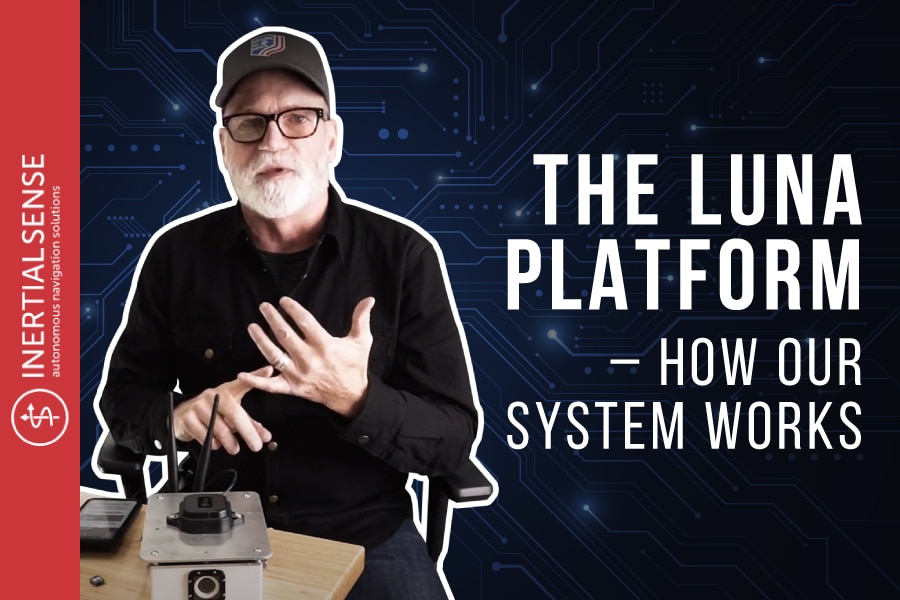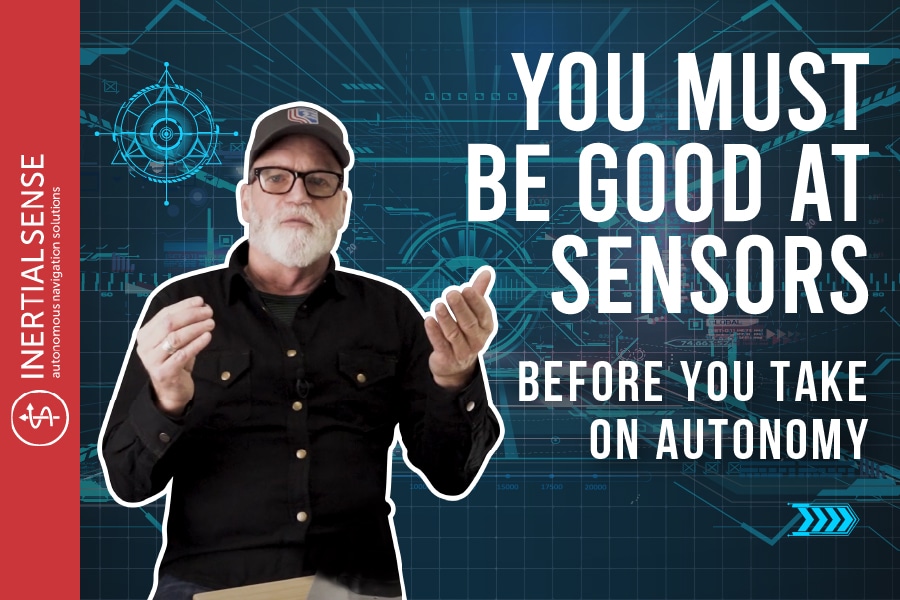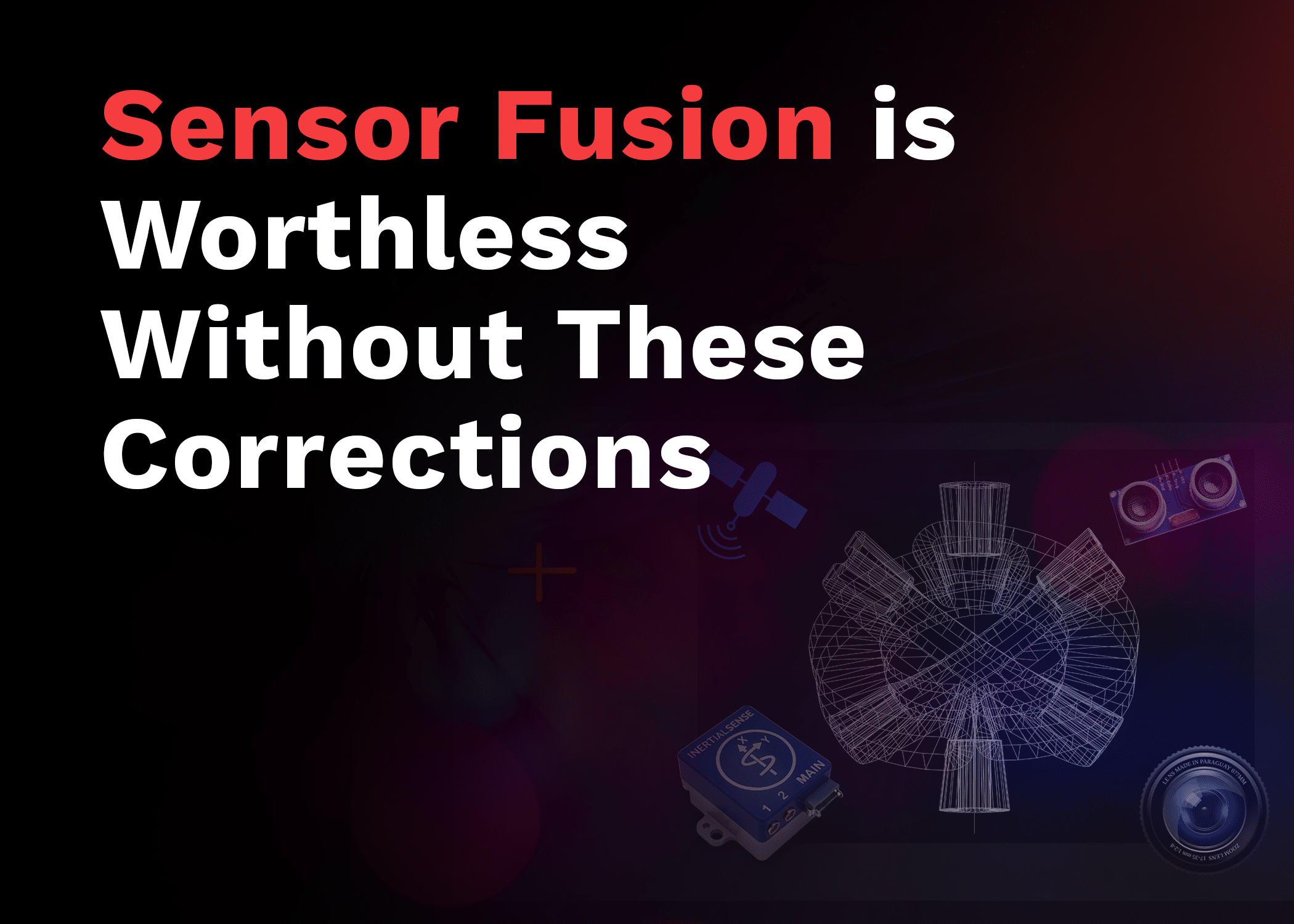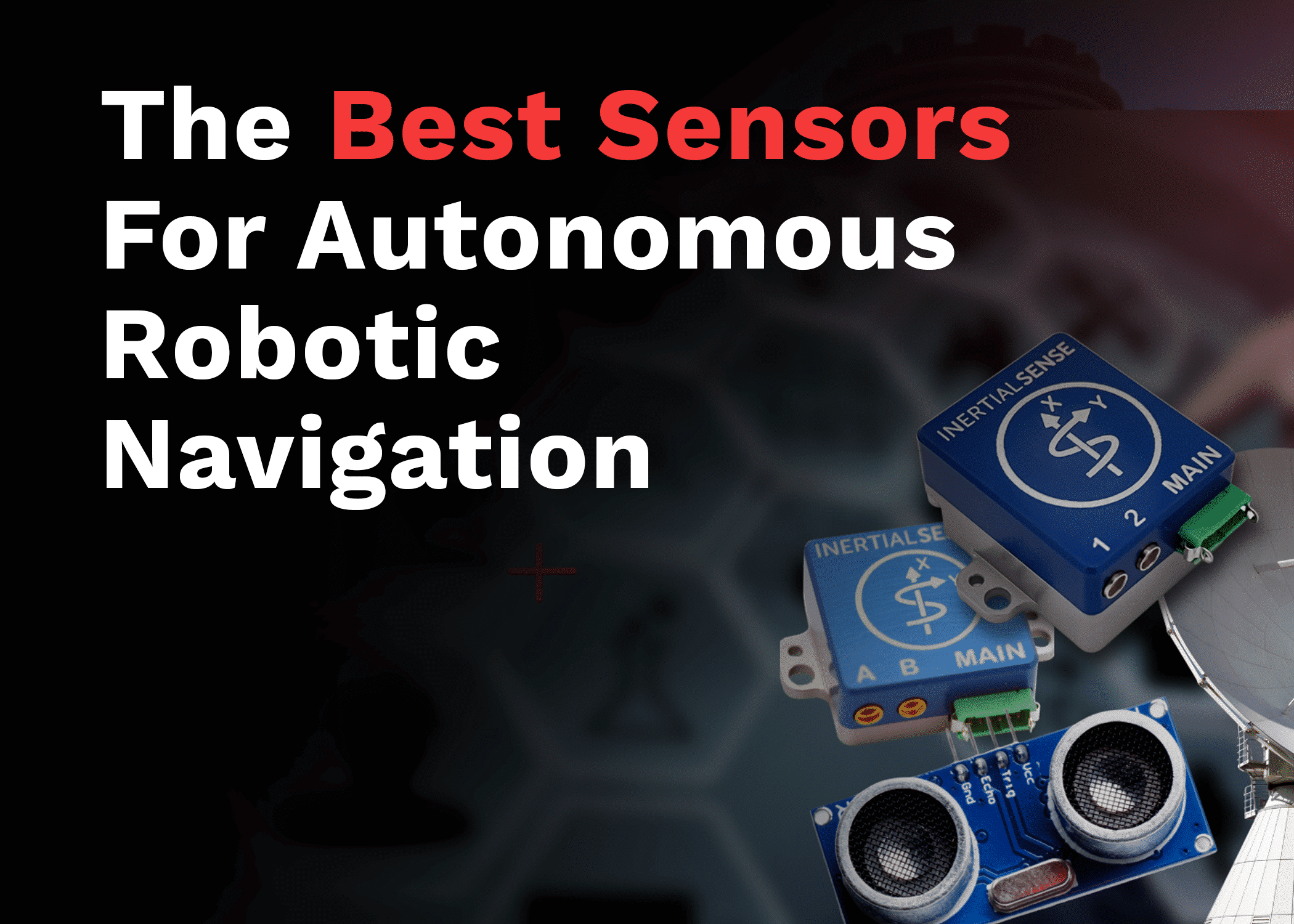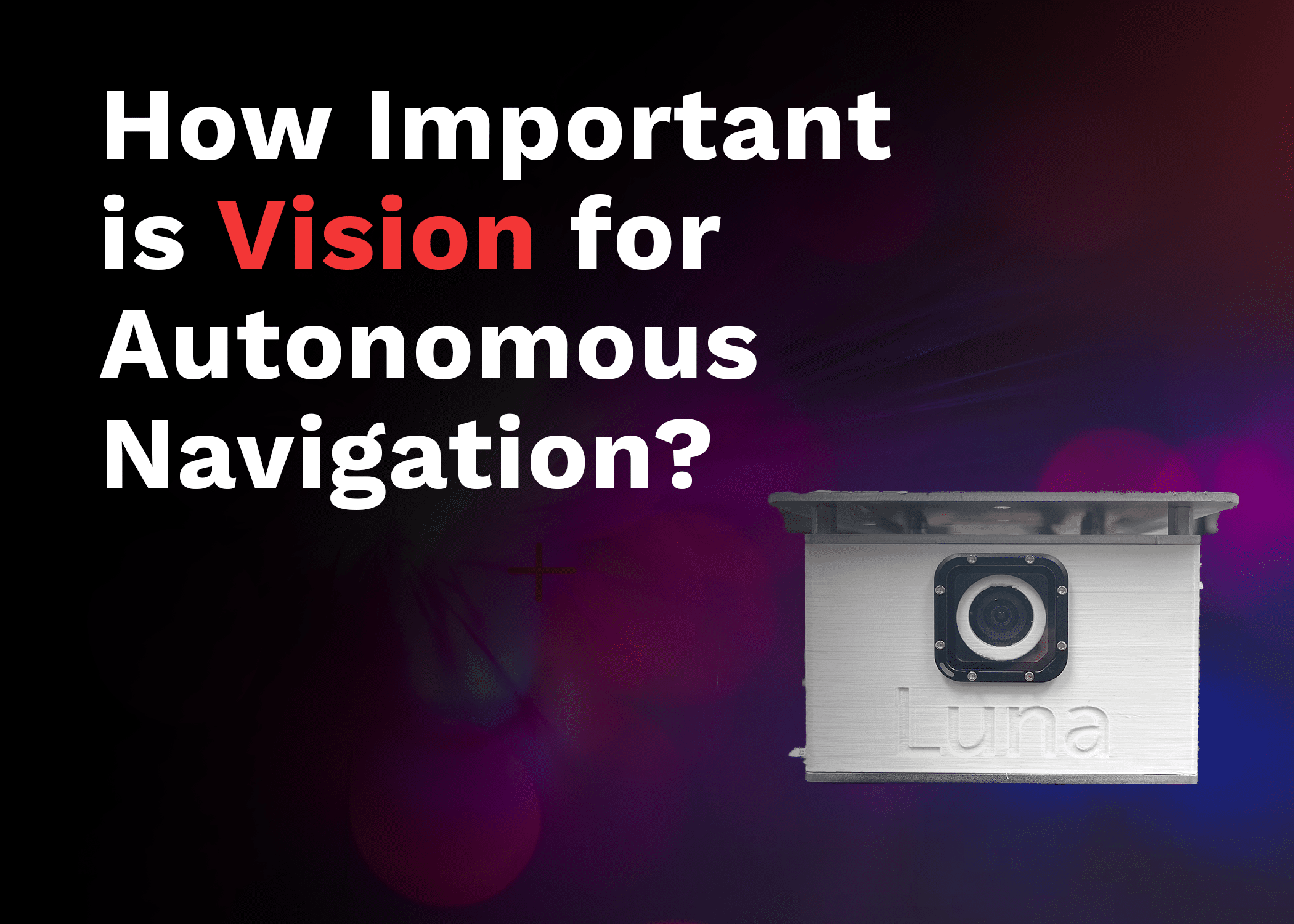Video
The LUNA Platform – How Our System Works
Let’s face it, autonomy and robotics are cool! Technology is growing exponentially, and Inertial Sense is exhilarated to grow with it. Watch the video below for a little in-depth breakdown of what the LUNA platform offers, including CPU and GPU capabilities. Sensors help give your autonomous vehicle or robot a foundation. But the icing on […]
Video
LUNA Sensors 101
I’ll take a stack of pancakes…wait, what? Oh, you mean a full-stack solution! Well, what is a full-stack solution of sensors? We’ll start with the core. Watch the video below to learn about the basics of one of the best inertial sensor solutions. Knowing where you are is the distinction between where you’re going […]
Blog
Sensor Fusion is Worthless Without These Corrections
Sensor fusion is the combining of data from multiple sensors to reach a consensus on position and momentum reducing uncertainty and error in autonomous navigation and robotics systems, using GNSS receivers, Kalman filters, and other options. These sensor fusion corrections are necessary to provide increased accuracy, especially where data interference can be strong. Failing to […]
Video
Inertial Sense Overview – What Comes in An Inertial Sense Development Kit?
Whether it’s the IMU, the AHRS, or the INS sensor you decide to use in your autonomous robotic, you’re making a great choice. But what if there were a way to simplify the process? Watch the video below to see what’s included in a development kit and how it can make the transition a bit […]
Video
The Inertial Sense LUNA Platform Overview – Autonomous Navigation and Localization
The LUNA Platform can elevate your autonomous unit to the next level without question. The real genius underneath this hardware is the software and the firmware that drives everything. Watch the video below about how the LUNA Platform can benefit your robotic device’s autonomous navigation and localization. The Inertial Sense foundation is built from […]
Blog
The Best Sensors for Autonomous Navigation
Have you thought about how to find the best sensors for autonomous navigation? Different types of autonomy sensors such as autonomous vehicles and robotics systems require several sensors to navigate their environments safely. These devices effectively serve as the eyes of the robot or autonomous system and allow it to identify obstacles in its path […]
Blog
How Important is Vision for Autonomous Navigation?
Most autonomously navigating systems depend on GPS signals to determine their position and the direction in which they should travel next. GPS, however, is not always available to serve autonomous robot navigation systems. The Institute of Electrical and Electronics Engineers, better known as IEEE, recommends a process called simultaneous localization and map building (SLAM) to […]
Blog
10 Creative Ways to Boost Your Robot’s GPS Signal
Maintaining clear lines of communication between your autonomous robots and GPS signals can be critical to the success of these projects. Finding ways to boost your robot’s GPS signal can allow it to function more effectively. Here are 10 of the most practical and creative ways to boost your GPS signal and reception for robotic […]
Video
What is Dual GNSS and Why is It Important?
Have you ever wondered what’s underneath the hood of your autonomous robot or vehicle, or how it even works? Watch the video below as Walt explains how dual GNSS can help your device with accuracy. RTK compassing is important because it can help to identify heading. This is important or valuable if you have […]
Video
Autonomous Data-As-A-Service (Selling Environmental Data As A Service)
Have you ever wondered how technology learns and grows? Watch the video below as Joshua shares his level of expertise with autonomous data as a service and learn more about different autonomous data as a service examples. Why is autonomous data as a service relevant to the field of robotics? Having more data transmitted […]

